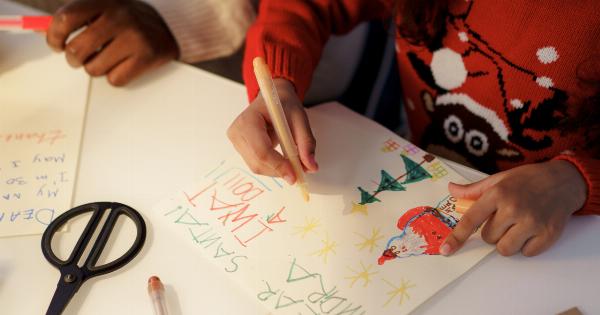As parents and caregivers, it is our utmost responsibility to teach our children the skills needed to navigate the world around them. One of the most important skills we can teach them is discernment, or the ability to distinguish between good and bad.
Why is teaching discernment important?
Discernment is essential because it allows children to make informed decisions and avoid harmful situations.
In an increasingly complex and challenging world, children need to be equipped with the tools to recognize both positive and negative influences. Unfortunately, the world is also filled with many dangers that can influence our children negatively, so teaching discernment is vital for their safety and well-being.
How can we teach discernment to kids?
There are many ways in which we can help our children develop discernment skills. Here are ten useful tips:.
1. Start early
The earlier we start teaching our kids about good and bad, the better. Even at a young age, children have the ability to distinguish between right and wrong, and it is up to us to guide them in the right direction.
2. Use real-life examples
Real-life examples of good and bad behavior are an excellent way to teach discernment. Use examples from everyday life, such as stories in the news or things that happen in your community.
3. Encourage critical thinking
Encourage your children to think critically about the information they encounter. Teach them to question things they come across, research them, and form their conclusions.
4. Spend time with them
Spending time with your kids is essential to teaching them discernment. Engage in activities that promote critical thinking, like board games, reading books, or solving puzzles.
5. Teach them about different values
Teach your children that different people have different values and cultures. Help them understand that it is okay to have differing opinions but that everyone deserves respect.
6. Encourage open communication
Encourage your children to talk openly with you about their thoughts, fears, and concerns. It will help them understand that you are there to support them and provide guidance.
7. Know your child’s friends
Knowing your child’s friends is an important part of teaching discernment. It can be helpful to know who your child spends time with so that you can ensure they are not being influenced negatively.
8. Set boundaries
Setting appropriate boundaries is crucial for teaching kids about good and bad. When they cross these boundaries, use them as teachable moments and explain why those boundaries exist.
9. Teach them to trust their instincts
Sometimes, kids may encounter a situation where they feel something is not right. Teach them to trust their instincts and follow through by speaking up or seeking help when something doesn’t feel right.
10. Lead by example
Perhaps the most critical tip of all is to lead by example. Children learn best from what they see happening around them, so it is essential to model good behavior yourself.
Conclusion
Teaching discernment skills is one of the most critical tasks we have as parents and caregivers. It requires patience, diligence, and a lot of work, but it is well worth the effort.
By following the tips above, we can guide our children towards a better understanding of what is good and bad in the world around them.






























